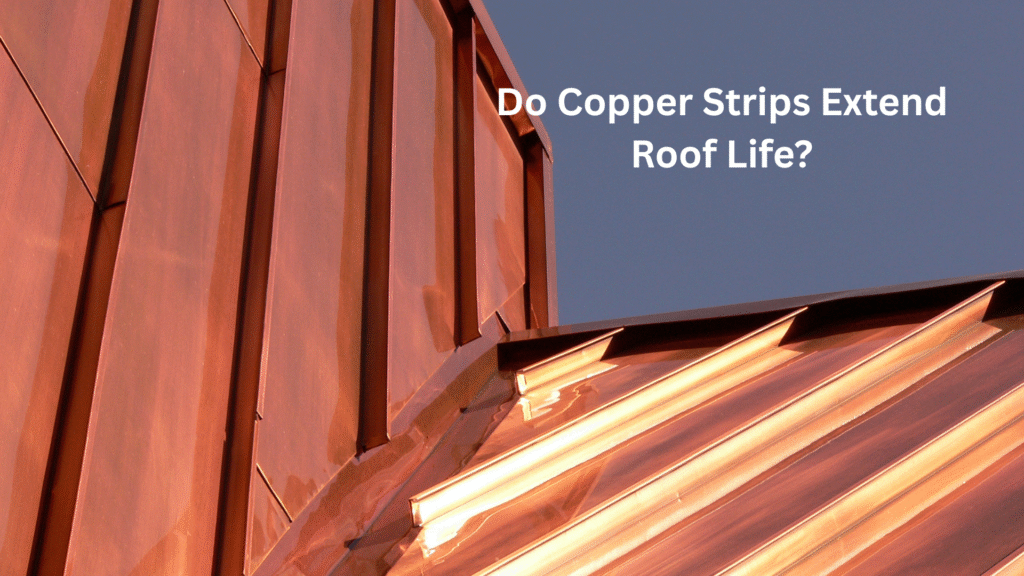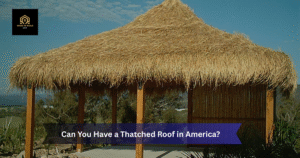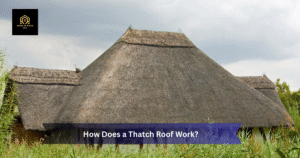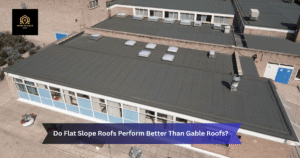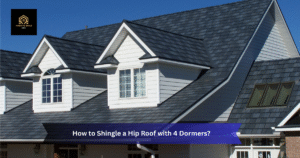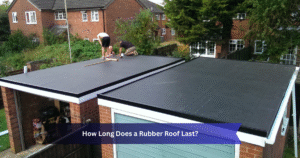Homeowners often overlook one easy way to protect their roof: copper strips. The installation of these thin metal bands at the roof ridge aids in preventing the growth of algae and moss. But how well do they work in real homes? In this post, we’ll explain how copper strips function, share real-life examples, and explore if they’re a smart investment to extend the life of your roof.
What Are Copper Roof Strips?
Copper roof strips are thin metal pieces—usually 2 to 6 inches wide—installed along the ridge or peak of a roof. When it rains, water washes trace amounts of copper down the shingles. These copper ions stop moss, algae, and lichen from taking root on your shingles, all without chemicals or pressure washing.
Real-World Example: A Roof Saved in Seattle
In damp climates like Seattle, moss can damage a roof in under 10 years. A homeowner there installed copper strips along the ridge of their 1,800 sq. ft. asphalt shingle roof. After five years, their shingles showed no moss or discoloration, while a neighbor without copper strips had to clean and reseal their roof twice.
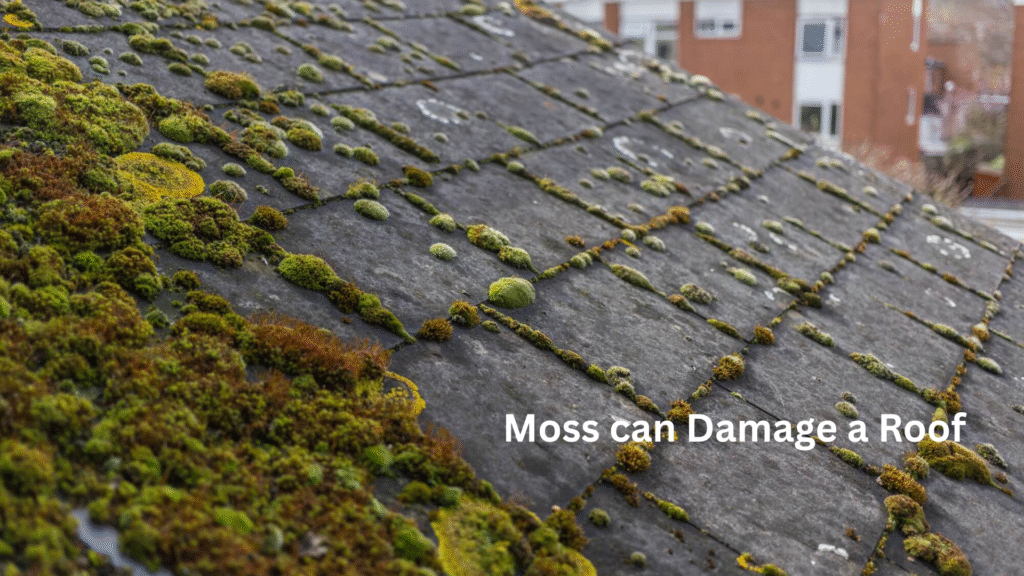
How Moss and Algae Damage Roofs
- Moisture Retention: Moss holds water on your roof, which accelerates shingle wear and can cause leaks.
- Shingle Lifting: As moss grows, it can raise shingles, allowing water underneath.
- Surface Breakdown: Algae can erode the surface layer of asphalt shingles, making them brittle and less reflective.
How Copper Strips Help Extend Roof Life
Copper strips combat these issues by:
- Inhibiting Organic Growth: Copper ions act as a natural antifungal agent.
- Preventing Moisture Build-Up: Less moss means your roof dries faster after rain.
- Reducing Maintenance Needs: Fewer cleanings save you time and money.
- Preserving Shingle Structure: By keeping growth off the surface, shingles stay intact longer.
Additional Case Study: Florida Homeowner Cuts Roof Costs
In humid Florida, a homeowner noticed black streaks on their shingles after just three years. After adding copper strips, algae growth stopped, and the roof didn’t require cleaning again for six years. Their roofing contractor estimated the copper strips extended the life of their roof by 5–7 years.
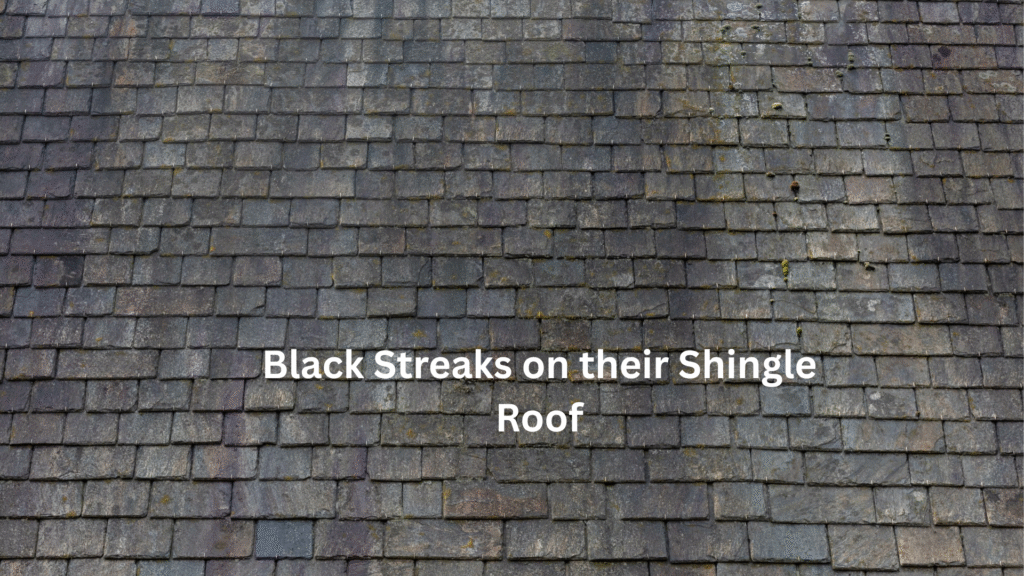
Limitations to Keep in Mind
- Coverage Area: Copper strips mainly protect the area below where they’re installed. Lower sections may still need cleaning.
- Not Instant: Results become noticeable after a few rainfalls as the ions begin to spread.
- DIY Risk: Poor placement or incorrect sizing can reduce their effect.
Installation Tips
- Placement: Install copper strips just under the top row of shingles at the roof’s ridge.
- Exposure: Leave 2–3 inches of copper exposed for optimal runoff.
- Professional Help: Hire a roofer for proper installation if unsure.
Cost vs. Value
A 20-foot roll of copper strip costs around $100. For a typical 1,500–2,000 sq. ft. home, materials and professional installation may cost $300–$500. Considering a roof replacement can cost $7,000–$12,000, the return on investment is clear.
FAQs
Q: How long do copper strips last?
A: 15–20 years with minimal maintenance.
Q: Can copper strips be used with metal roofs?
A: They are most effective with asphalt shingles but can also help on tile and slate roofs.
Q: Do copper strips turn green over time?
A: Yes, they may develop a natural patina, but this doesn’t reduce effectiveness.
Final Thoughts
Copper strips are a simple, proven way to extend your roof’s lifespan. Real-world cases from Seattle to Florida show their value in preventing moss, algae, and water-related damage. While not a cure-all, they offer homeowners a low-cost, low-maintenance upgrade with long-term benefits. If your roof is in a shaded, humid, or moss-prone area, copper strips may be one of the smartest preventive steps you can take.
